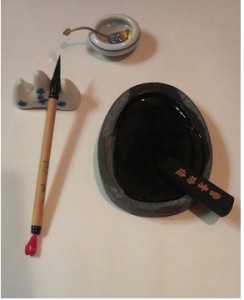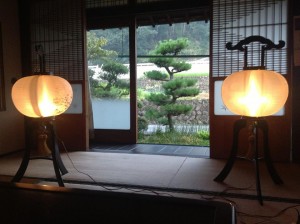Saijiki (a glossary of seasonal terms) 2014 8/28
Saijiki is the symbol of invaluable Japanese culture. It is a glossary of seasonal terms for Haiku. Saijiki usually contains up to 5000 seasonal terms. Some of them are old terms used in the poems and songs of 1300 years old historic book Kojiki or Manyoshu, 1200 years old anthology. While some of them are relatively new and modern everyday use terms.
Japanese Tanka which has a special rhyme originated from an ancient time. We can find numberless superb simple Tankas in Kojiki or Manyoshu. As time went on, the way of making Tanka was cultivated into more sophisticated style in Heian era (794-1185) when numbers of imperial-commissioned Tanka anthologies were published.
Haiku derived from Tanka in Edo era (1603-1868) and has become very popular among all classes of Japanese society. Saijiki carries such whole history of Japanese poems and songs.
Moreover, Saijiki covers wide range of lives of all classes from the top to the bottom.
Manyoshu.contains 4516 poems and songs and not a little of them were made by unknown ordinary people instead of nobles or priests.
At the middle of Edo era, it is considered that around half of total population could read and write letters. That suggests seasonal terms have been not only for scholars or upper class but also for ordinary people. People understand and use those terms in their daily lives and that has been essential to maintain and develop Haiku culture which is equally loved by all classes and enjoys the huge benefits from common understanding of seasonal terms.
Seasonal terms are so popular and so frequently mentioned that most Japanese can feel the season whenever they read or hear those terms.
Typical terms for early autumn are as followings.
Suzuriarai (washing inkstone): there is a traditional festival in early autumn to hang a strip of paper on a bamboo with written wishes. This term means careful preparation for important writing.
Okuribi (ceremonial bonfire): traditional yearly custom to welcome and see off ancestor’s spirits in early autumn.
Inenohana (rice flower): rice flowers bloom in early autumn
louiseroom.exblog.jp sinkokyu.blog.so-net.ne.jp









